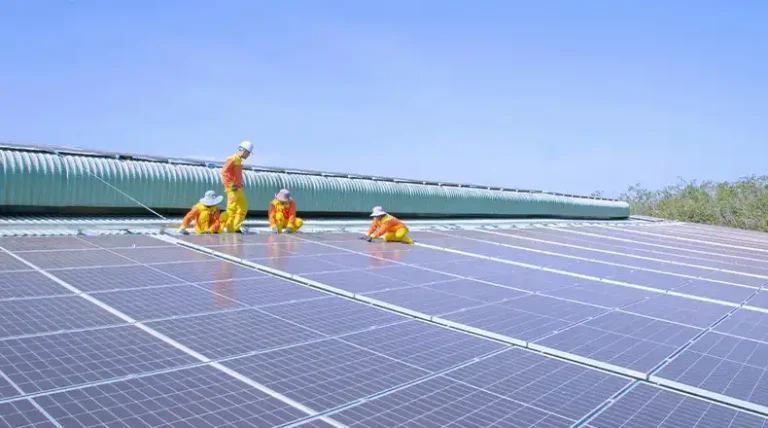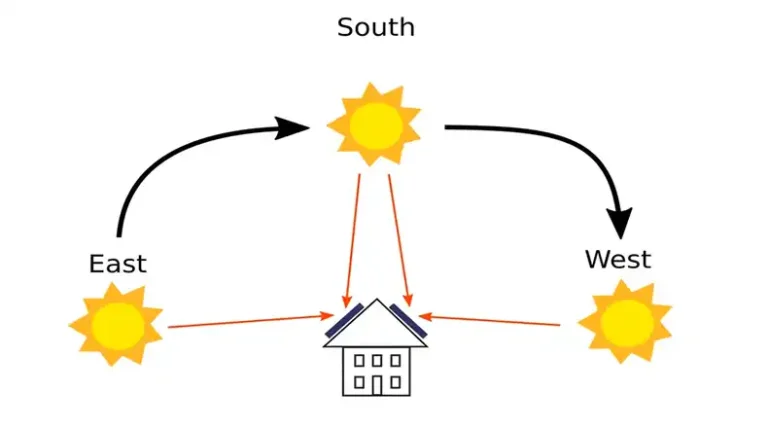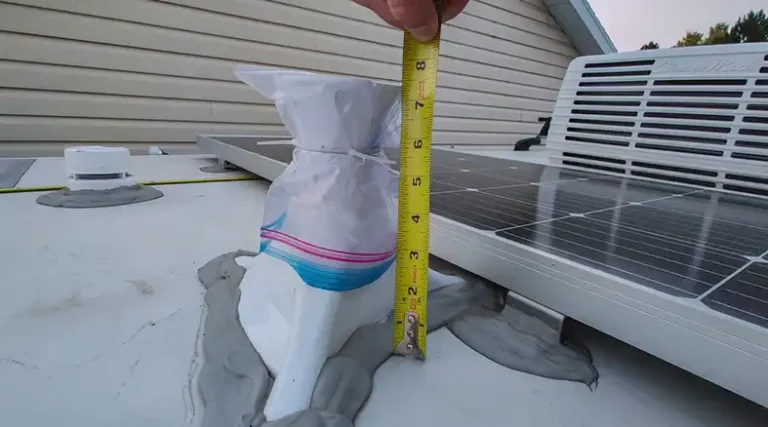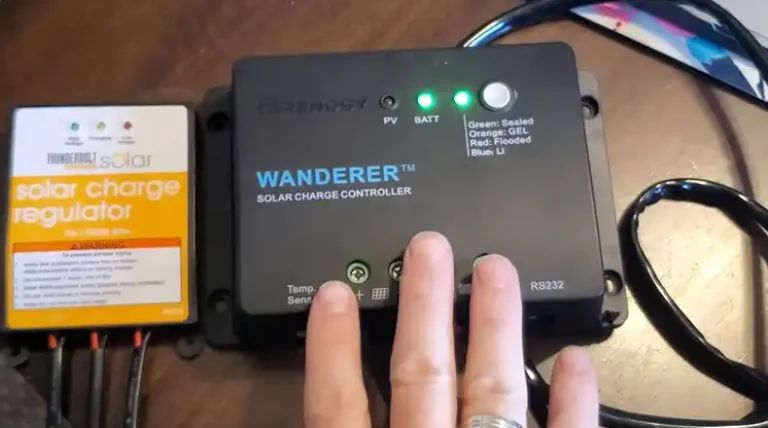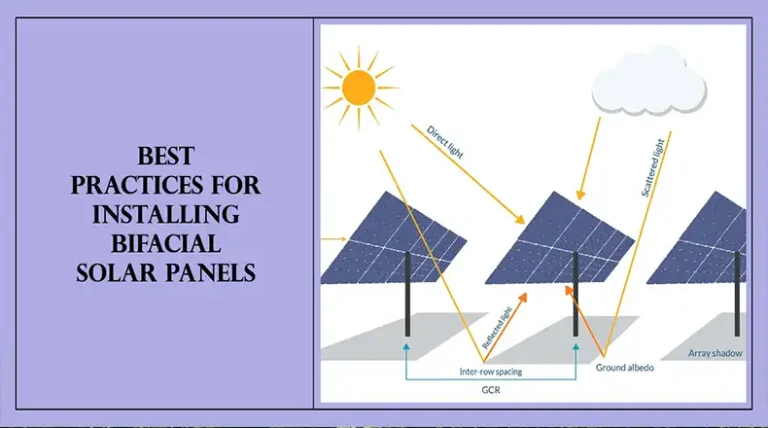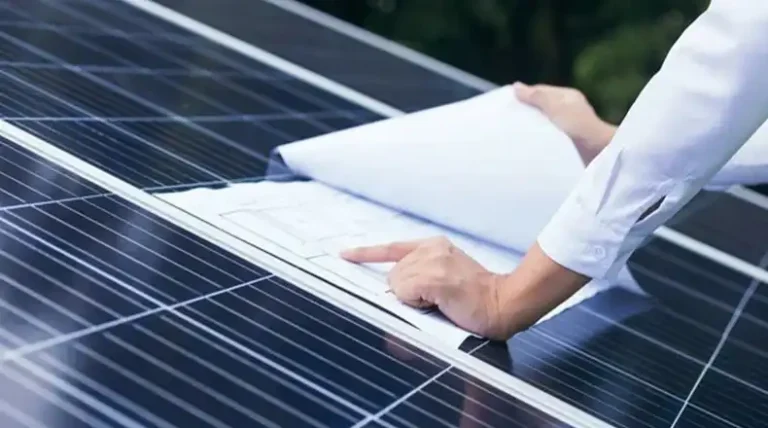Can You Put Solar Panels on a 20-Year-Old Roof?
Many homeowners with older roofs are hesitant to invest in solar panel installations, fearing that their aging roofs might not be suitable for such a significant investment. This confusion often leads to a common question: Can you put solar panels on a 20-year-old roof?
The answer to this question is yes, you can install solar panels on a 20-year-old roof, but several factors must be considered to ensure the safety and longevity of your solar panel system. These include the roof’s structural integrity, material condition, and expected remaining lifespan.
In this guide, we’ll discuss the issues of installing solar panels on an aging roof, critical considerations, potential challenges, and solutions.
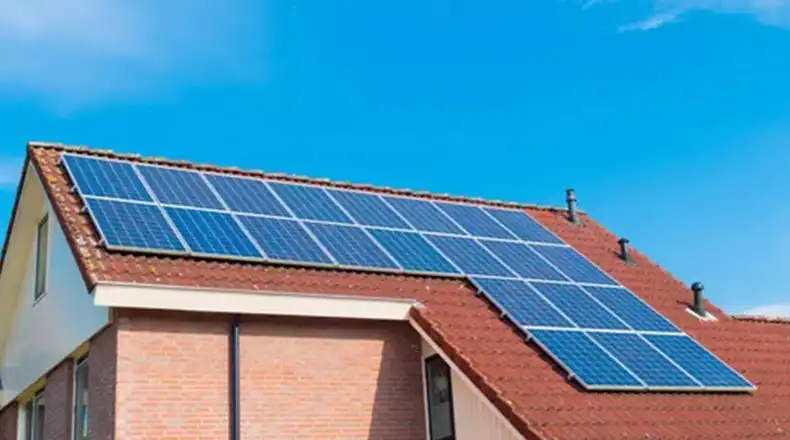
Is It Possible to Install Solar Panels on a 20-Years-Old Roof?
While the age of a roof is a significant factor in determining its suitability for solar panel installation, it is indeed possible to install solar panels on a 20-year-old roof. However, this decision should not be taken lightly, as it requires a thorough evaluation of the roof’s condition, structural integrity, and expected remaining lifespan.
If the assessment reveals that the 20-year-old roof is structurally sound, has no significant damage or wear, and is expected to have several more years of service life remaining, it may be deemed suitable for solar panel installation. In such cases, proper installation techniques, reinforcements, and precautions must be taken to ensure the safety and longevity of the solar panel system.
The Challenges of Installing Solar Panels on a 20-Years-Old Roof
While installing solar panels on a 20-year-old roof is possible, it comes with its own set of challenges that need to be addressed carefully.
Structural Integrity
One of the primary concerns is the structural integrity of the aging roof. Over time, roofs can experience wear and tear, potentially weakening the underlying structure. This can make it challenging to support the additional weight and wind loads of a solar panel system. Thorough structural evaluations and reinforcements may be necessary to ensure the roof can safely bear the added burden.
Roof Penetrations
Installing solar panels typically requires penetrating the roof to secure the mounting system. On an older roof, these penetrations can be more challenging and increase the risk of leaks or moisture intrusion. Experienced installers must use specialized techniques and materials to ensure a watertight seal and maintain the roof’s integrity.
Roof Material Compatibility
Different roofing materials have varying degrees of compatibility with solar panel installations. For example, asphalt shingles may require additional reinforcements or specialized mounting systems, while tile roofs can be more fragile and prone to damage during the installation process. Understanding the unique requirements of your roof’s material is crucial for a successful installation.
Roof Warranties and Liabilities
Installing solar panels on an older roof may impact existing roof warranties or require additional warranties from the solar panel installer. It’s essential to review and understand any warranty implications before proceeding with the installation. Additionally, liability concerns should be addressed, as any potential damage or issues may be more complex to resolve on an aging roof.
Access and Safety Considerations
Working on an older roof can present safety challenges for installers. Proper safety equipment, fall protection, and access points must be in place to ensure the installation process is conducted safely and efficiently.
By being aware of these challenges and working closely with experienced professionals, homeowners can navigate the process of installing solar panels on a 20-year-old roof with confidence and minimize potential risks.
Things to Consider When Installing Solar Panel on Your 20-Year-Old Roof
Before installing solar panels on an aging roof, it’s crucial to have a thorough inspection conducted by a professional roofer or solar installer. This assessment will evaluate the roof’s overall condition, structural integrity, and suitability for solar panel installation.
Visual Inspection
The first step is a visual inspection of the roof’s exterior. A professional will look for signs of wear and tear, such as:
- Missing, cracked, or curled shingles
- Sagging or uneven areas
- Moss or algae growth
- Rust or corrosion on metal components
These visible issues can indicate underlying problems that may compromise the roof’s ability to support the weight and wind loads of a solar panel system.
Structural Evaluation
In addition to the visual inspection, a structural evaluation may be necessary, especially for older roofs. This involves assessing the condition of the roof decking, trusses, and framing to ensure they can withstand the added weight and wind loads of the solar panels.
The evaluation may include:
- Checking for signs of moisture damage or rot
- Inspecting the integrity of the roof’s fasteners and connectors
- Verifying the roof’s compliance with local building codes and wind load requirements
If structural concerns are identified, reinforcements or repairs may be required before solar panel installation can proceed.
Roof Age and Remaining Lifespan
The age of your roof is a significant factor in determining its suitability for solar panels. Most asphalt shingle roofs have an expected lifespan of 20-25 years, while metal and tile roofs can last 30 years or more.
If your roof is nearing the end of its expected lifespan, it may be more cost-effective to replace the entire roof before installing solar panels. This approach ensures a seamless integration and eliminates the need for future roof replacements that could disrupt or damage the solar panel system.
The type of roofing material can also impact the feasibility of solar panel installation on a 20-year-old roof.
1. Asphalt Shingles
Asphalt shingles are the most common roofing material for residential homes. While they can accommodate solar panels, their age and condition must be carefully evaluated. If the shingles are significantly worn or brittle, they may need to be replaced before solar panel installation.
2. Metal Roofs
Metal roofs, such as standing seam or corrugated panels, are generally well-suited for solar panel installation, even at an older age. Their durability and longevity make them a preferred option for solar panel systems.
3. Tile Roofs
Tile roofs, including clay and concrete tiles, can also accommodate solar panels. However, their unique design and installation methods may require specialized mounting systems and increased care during the installation process.
4. Flat Roofs
Flat roofs, commonly found on commercial buildings, can be excellent candidates for solar panel installations. However, the condition of the roofing membrane and the drainage system must be evaluated to ensure they can support the added weight and avoid potential leaks or ponding issues.
Additional Considerations
If your 20-year-old roof is deemed suitable for solar panel installation, there are several installation considerations to keep in mind:
- Roof Penetrations: Installing solar panels typically requires penetrating the roof to secure the mounting system. This process must be carefully executed to prevent leaks and maintain the roof’s integrity. Experienced solar installers use flashing and sealants specifically designed for solar panel systems.
- Weight Distribution: The weight of solar panels and their mounting systems can put additional stress on an older roof. Proper weight distribution and load-bearing calculations are essential to prevent structural issues or roof sagging over time.
- Electrical Wiring: The electrical wiring for solar panels must be routed through the attic or exterior walls, which may require additional roof penetrations or modifications. Proper sealing and weatherproofing are crucial to prevent moisture intrusion.
- Roof Warranties: Installing solar panels on an older roof may impact existing roof warranties or require additional warranties from the solar panel installer. Be sure to review and understand any warranty implications before proceeding with the installation.
Is It Worth Installing Solar Panels on a 20-Years-Old Roof?
Deciding whether to install solar panels on an aging roof requires a careful cost-benefit analysis. While the initial investment may seem substantial, the long-term savings and environmental benefits of solar power can be significant.
One crucial factor to consider is the remaining lifespan of your 20-year-old roof. If the roof is nearing the end of its expected lifespan, installing solar panels may not be the most cost-effective option. In such cases, it might be more practical to replace the entire roof first, ensuring a seamless integration and avoiding potential disruptions or damage to the solar panel system in the future.
However, if your 20-year-old roof is in good condition and has several more years of service life remaining, installing solar panels can be a worthwhile investment. The energy savings generated by the solar panels can help offset the initial installation costs, and you’ll be contributing to a more sustainable future by reducing your carbon footprint.
Ultimately, the decision should be based on a thorough assessment of your roof’s condition, the potential return on investment, and your long-term energy goals. Consulting with experienced professionals and obtaining detailed cost estimates can help you make an informed decision that aligns with your financial and environmental priorities.
Best Practices While Installing Solar Panel on a 20-Year-Old House
If your 20-year-old roof is deemed unsuitable for solar panel installation, or if you prefer to avoid potential complications, there are alternative options to consider:
Roof Replacement and Solar Panel Installation
One solution is to replace the entire roof before installing solar panels. This approach ensures a fresh, structurally sound roof that can accommodate the solar panel system without any concerns about age or condition.
Ground-Mounted Solar Panels
For properties with suitable land space, ground-mounted solar panel systems can be an excellent alternative. These systems eliminate the need for roof penetrations and allow for optimal panel positioning and orientation.
Community Solar Programs
In some areas, community solar programs or shared solar farms offer the opportunity to participate in solar energy generation without installing panels on your property. This option can be particularly attractive for homeowners with unsuitable roofs or limited space.
Conclusion
Installing solar panels on a 20-year-old roof is possible, but it requires careful consideration and assessment. By thoroughly evaluating the roof’s condition, structural integrity, and remaining lifespan, you can make an informed decision about whether to proceed with solar panel installation or explore alternative options. If you have any further questions or concerns about installing solar panels on your 20-year-old roof, feel free to leave a comment below. We’re here to help you navigate this exciting transition to renewable energy while ensuring the safety and integrity of your home.
Thank you for reading, and best wishes on your journey towards a more sustainable future!
FAQs
What Is The Average Lifespan Of Solar Panels?
Most solar panels have an expected lifespan of 25-30 years, with some high-quality panels lasting up to 40 years or more.
Can Solar Panels Be Installed On A Tile Roof?
Yes, solar panels can be installed on tile roofs, but specialized mounting systems and increased care during installation are often required to prevent damage to the tiles.
How Much Weight Can A Typical Roof Support For Solar Panels?
The weight-bearing capacity of a roof can vary, but most residential roofs can support around 3-6 pounds per square foot for solar panel systems.
Do Solar Panels Void Existing Roof Warranties?
Installing solar panels may impact existing roof warranties, so it’s essential to review and understand any warranty implications before proceeding with the installation.
What Is The Cost Difference Between Roof Replacement And Solar Panel Installation?
The cost difference can vary significantly depending on factors like roof size, materials, and solar panel system capacity, but generally, a full roof replacement ranges from $5,000 to $30,000, while solar panel installation costs $10,000 to $30,000 for a typical residential system.

